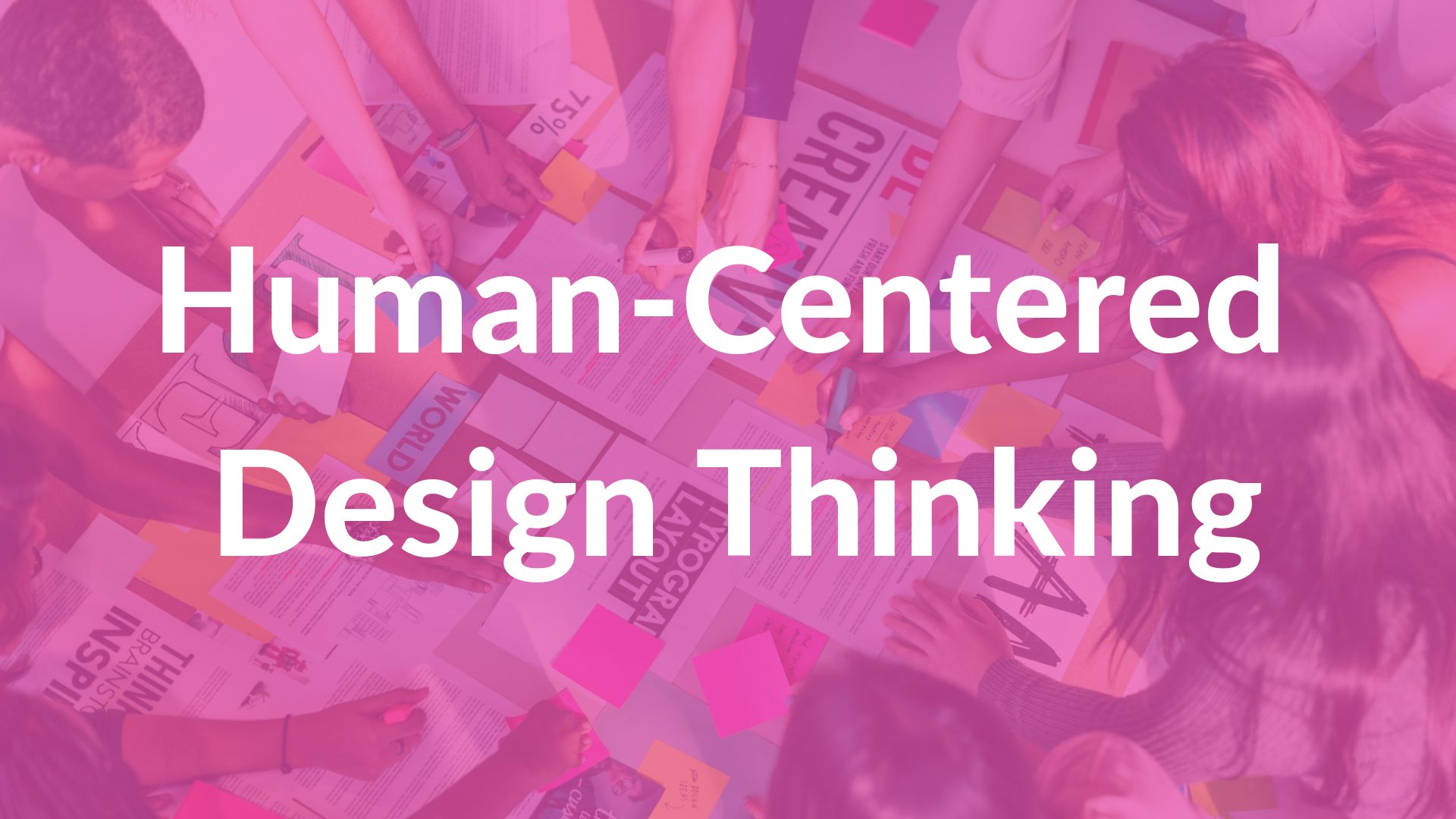HCD is the design process that focuses on end-users problems. HCD stands for Human-Centered Design. It consists of three key things, i.e., Strategy, Mindset, Approach to solve the problems. It enables the innovator to design and develop products, services, systems, and experiences to solve the exact problems of the users.
Nobel Laureate Herbert Simon first endorsed the term HCD. Human-Centered-Design varies from a simple design process since it recognizes and evaluates users’ requirements encountering each particular challenge. It also checks if the solution designed is capable of genuinely solving their problem or not. Thus, the process involves users confronting distinct problems.
While there are various possibilities of the Human-Centered Design (HCD) process, the approach we employ at DC Design involves six significant phases. So, this content will help you understand human-centered design thinking in six strategies.
1. Empathize.
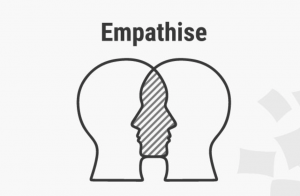
Before designing a solution to assist them, the first step in the HCD approach is to understand individuals who are experiencing a problem thoroughly. The term Empathize comes from the word Empathy which means feeling precisely what others are feeling. Understanding the problem requires immersing yourself in the community that is to be impacted by your design.
During this phase, Designers engage in in-person discussions with users experiencing a problem, watching how their environments work, and consulting specialists on the matter to appreciate all the hurdles to build an ideal solution as needed. This stage is all about gaining more profound insights into the problem and the requirement of users.
2. Define.
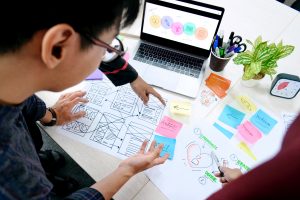
This process analyzes the discussions and feedback from the user conducted in the first process, i.e., Empathize. Then, after having clear knowledge about the problem of our target audience, we define it by focusing on taking essential action to fix it. Finally, the problem statement should be properly presented, focusing on why and how. So, in this process, the innovators come up with varieties of solution that tries to meet the logical problem statement.
3. Ideate.

After having a clear concept about the requirement and problems of end-users, it is now time for us to think and ideate about the best solution we can provide. It is usually best when done by innovators and designers working together with various thought processes. We should not be judgemental during this process as it might halt our creative thinking process. During this process, the ultimate goal is to develop as many ideas as we can, focusing on the problem of the users.
4. Prototype.

We then take our idea into action during the Prototype phase by building a low-cost experimental solution that imitates the more comprehensive solution. Thus, it is possible to create a Prototype for all types of solutions such as products, services, systems, and experiences. Though in this phase, there will be various shortcomings as it’s not the final solution. However, this stage is crucial for designers and innovators to test multiple ideas and understand the better solution.
5. Test.
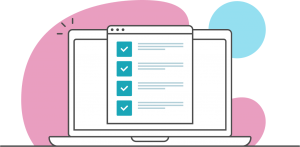
In this phase, you finally put your solutions in the form of prototypes into a test so that you can figure out which of them is more precise in terms of problem-solving. In the HCD process, the designers usually test their prototypes with end-users facing any particular problem to match the efficiency of the approached solution. It would be best to remain transparent and fair while trying your resolution to get clear insights about your prototype. This phase helps to improve further and refine the key leading to the stage of iteration.
6. Iteration.
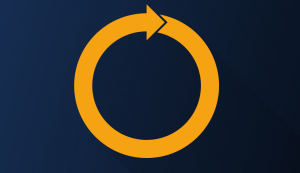
The last but not most minor step to the HCD process is to carefully analyze the feedback collected during your solution’s testing phase. After identifying the shortcomings, you will have to refine and iterate your answer so that it more precisely solves the problem of your end-users. In the process, you can filter out your users’ likes and dislikes, expectations, and aspirations so that you can refine or even pivot your solution accordingly.
To Summarize.
The exciting thing about HCD is that design thinking is prevalent within us from our childhood through our instinct; whether we like it or not, a set of our choices create the systems we live within. While it may seem like the end, the design process is continuous and iterative. It’s typically not straightforward, but you’ll only discover your next step once you’re in the design process.
Also Read: How Exclusion and Trauma Negatively Impact the Workforce?






